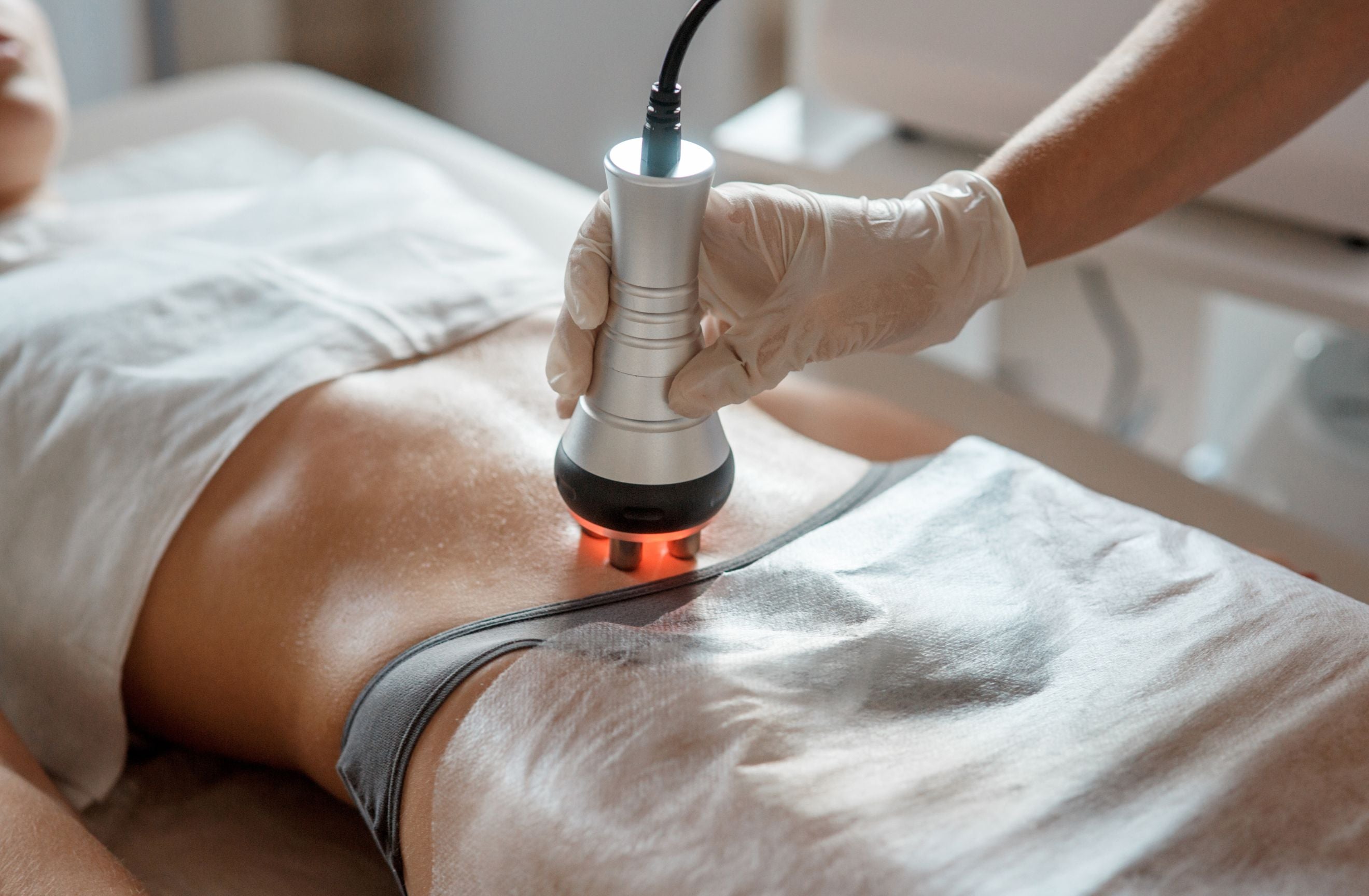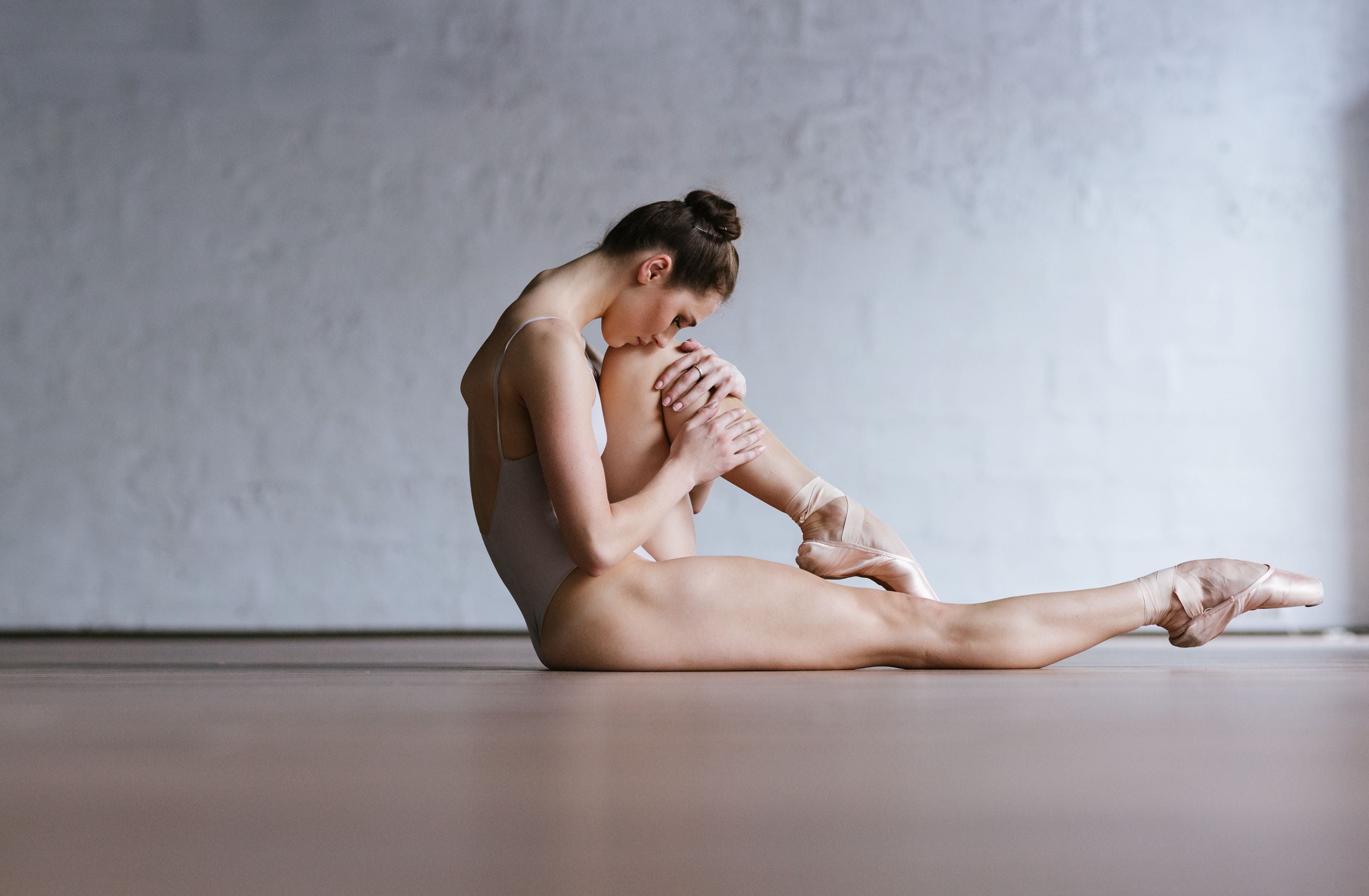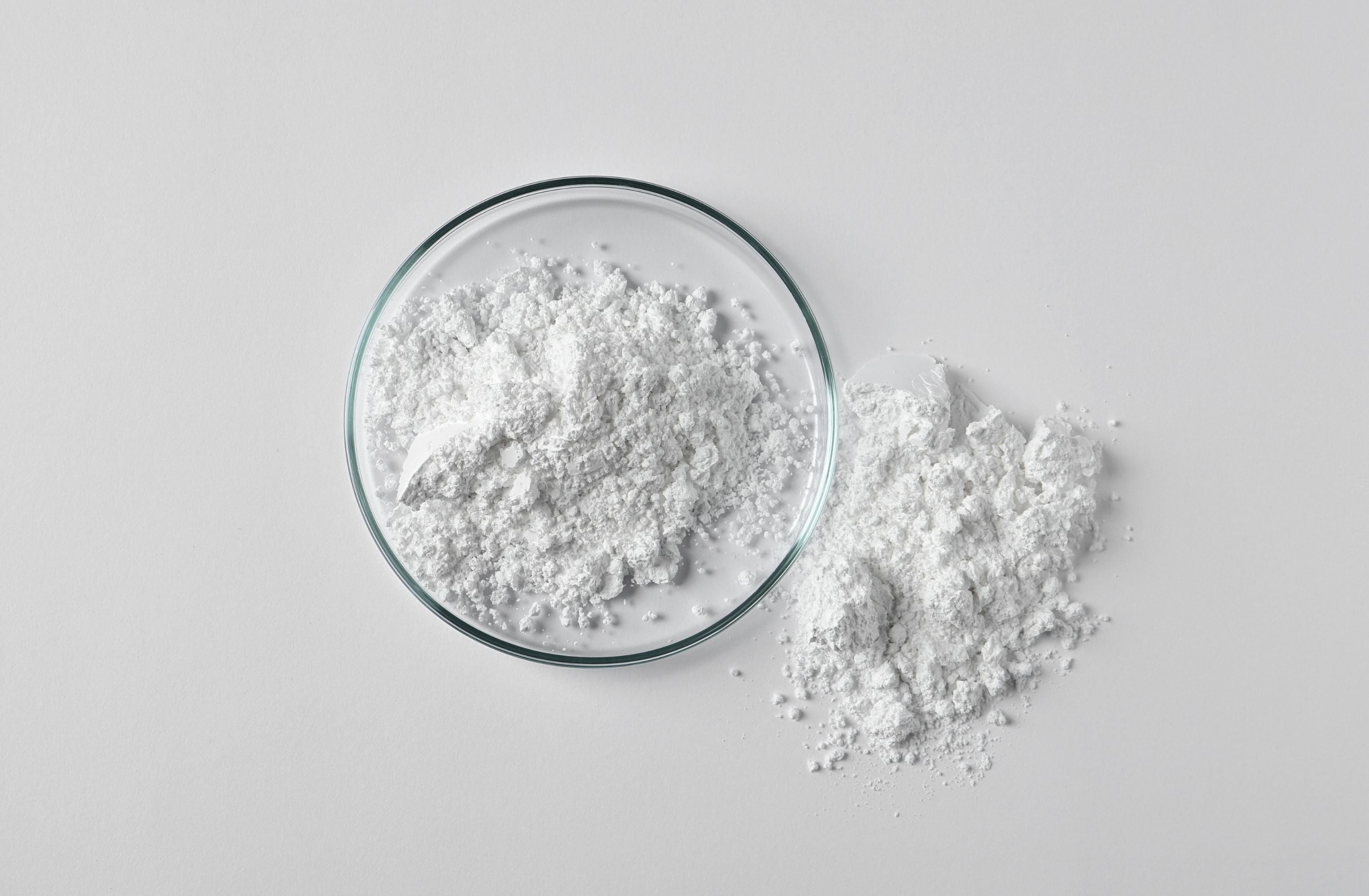
RED LIGHT THERAPY (RLT) AND MUSCULAR RECOVERY: HOW IT WORKS AND WHY YOU SHOULD TRY IT
Phototherapy, the therapeutic use of light, is increasingly popular for treating various medical conditions and musculoskeletal injuries. Red light-emitting diode (LED) devices have become a hot topic on social media, and for good reasons—plenty of research supports their potential benefits. In this article, we’ll explore specifically how LED light therapy aids muscle recovery, how to choose the right device, and whether there are any risks involved.

WHAT ARE THE DIFFERENT APPLICATIONS AND HEALTH BENEFITS OF RLT?
Before diving into the science, here are some of the claims related to RLT by devices currently on the market:
Skin Health:
• Anti-Ageing: RLT can help reduce wrinkles, fine lines, and age spots by boosting collagen production [11].
• Acne Treatment: It can reduce inflammation and strengthen the skin's defences, helping to reduce bacteria that cause acne [8,10,12].
• Wound Healing: RLT helps wounds heal faster and reduces scarring [10].
Pain Relief and Inflammation:
• Arthritis: It can reduce joint pain and swelling in conditions like osteoarthritis and rheumatoid arthritis [7].
• Muscle Pain: RLT helps relieve muscle soreness and speeds up recovery after exercise [1].
• Chronic Pain: It is used to manage long-term pain conditions such as fibromyalgia.
Improving Hair Growth:
• Alopecia: RLT can stimulate hair follicles and promote hair growth in men and women with hair loss conditions like androgenetic alopecia [9].
Mental Health:
• Mood Enhancement: RLT may help improve mood and reduce symptoms of depression by affecting brain function [2].
A Potential Treatment for Sleep Disorders:
• Insomnia: A Chinese study randomly assigned 20 athletes to receive either red light therapy or a placebo. The treatment was administered for 30 minutes each night over 14 consecutive nights. The athletes who received red light therapy showed a significant improvement in sleep quality, as measured by the Pittsburgh Sleep Quality Index, and also had increased serum melatonin levels [2].
HOW DOES RED LIGHT THERAPY REDUCE MUSCLE PAIN AND FATIGUE
Research suggests that RLT can enhance exercise performance by improving blood flow to muscles, reducing lactic acid build-up, boosting energy production in cells, reducing inflammation, and increasing antioxidants in muscles. This means muscle cells can function better during long exercise sessions, have less inflammation, and repair themselves more effectively [1].

RESEARCH ON RED LIGHT THERAPY FOR INJURY RECOVERY
Studies have shown that muscles treated with RLT perform better, maintain strength longer, and experience less damage during exercise. For example, a study involving 65 athletes recovering from sports injuries—mostly hamstring strains and knee sprains—showed that those treated with RLT had an average return-to-play time of 9.6 days, compared to the expected 19.23 days, with no adverse effects [4].
USING RED LIGHT THERAPY BEFORE AND AFTER WORKOUTS
Exercise-induced muscle damage occurs in two phases: primary and secondary. Primary damage is from the physical strain of exercise, while secondary damage is from the body's inflammatory response. Using RLT before exercise can protect muscles from both types of damage while using it after exercise helps with recovery from secondary damage [1].
CHOOSING THE RIGHT LIGHT THERAPY DEVICE
The wavelength of the light is crucial for effective treatment. Light applied to the skin is partly absorbed by the outer layers. Research shows that devices with wavelengths between 820 and 904 nanometres can penetrate 2 to 4 centimetres beneath the skin, making them ideal for treating deep tissue issues like muscles, ligaments, and tendons. Devices with wavelengths between 400 and 700 nm penetrate less than 1 cm, making them suitable for treating surface wounds and skin conditions. Red or infrared devices typically use these wavelengths, unlike blue light devices, which do not penetrate as deeply and are less effective for deeper tissues [1,3,6].
HOW OFTEN SHOULD YOU USE YOUR RED LIGHT THERAPY DEVICE?
How often you use your device depends on your treatment goals. For example, in a study where RLT was used to reduce the return-to-play time for injured athletes, the protocol involved three daily sessions of 20 minutes with 830 nm LED light. This continued over one or two cycles (three days of therapy followed by three days of rest) until significant improvement was noted [4]. Always follow the specific usage guidelines provided by the device manufacturer.
RISKS OF RED LIGHT THERAPY
Most home light therapy devices use red, blue, or infrared LEDs for skin care, acne, or pain relief. Unlike UV light, which can cause premature ageing and increase skin cancer risk, LED therapy does not use UV radiation. However, it’s essential to use FDA-cleared devices—or their international counterparts such as EMA in Europe—and follow the manufacturer’s guidelines.
There is some concern about potential eye damage from red light therapy. People who take medications that increase their skin or eye sensitivity should avoid red light therapy [5]. Those with a history of skin cancer or eye disease should consult a healthcare provider before starting treatment.

BOTTOM LINE
Red light therapy has significant potential for enhancing muscle recovery and reducing pain and fatigue. It works by improving blood flow, reducing lactic acid, boosting energy production in cells, reducing inflammation, and increasing antioxidants in muscles. When choosing a device, ensure it has the appropriate wavelengths and follow the recommended usage guidelines. While generally safe, it’s important to select FDA-cleared devices and consult with a healthcare professional if you have any concerns or pre-existing conditions.














Leave a comment
This site is protected by hCaptcha and the hCaptcha Privacy Policy and Terms of Service apply.